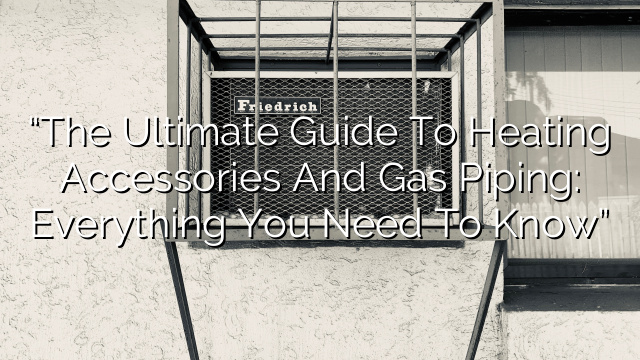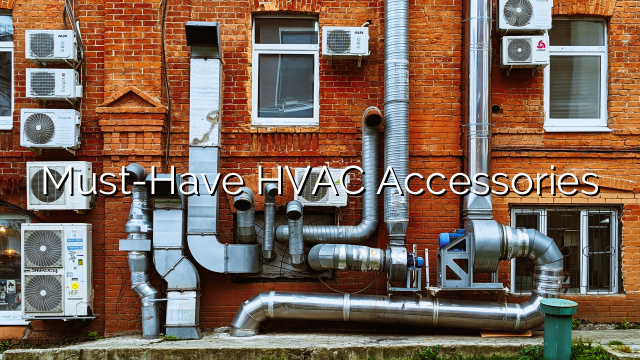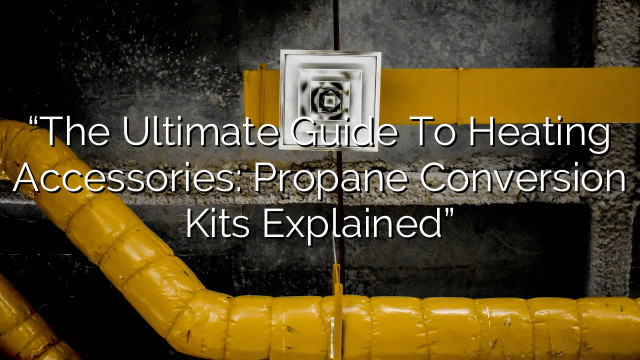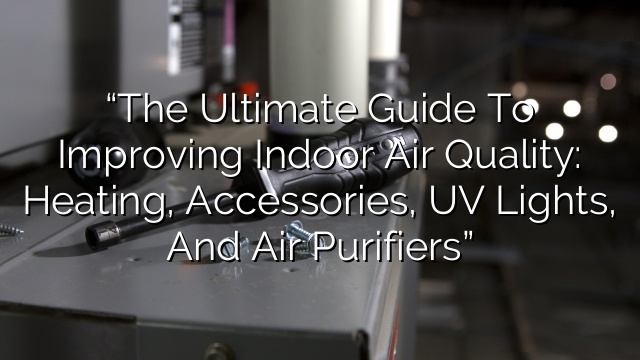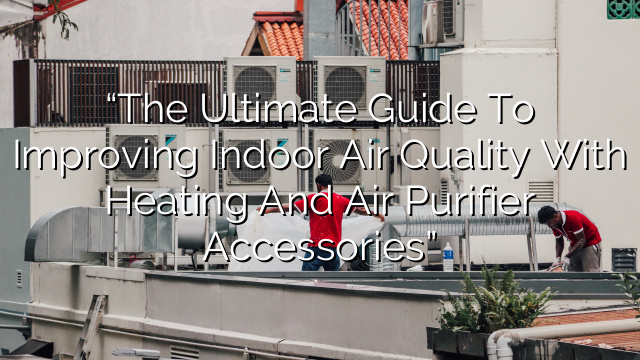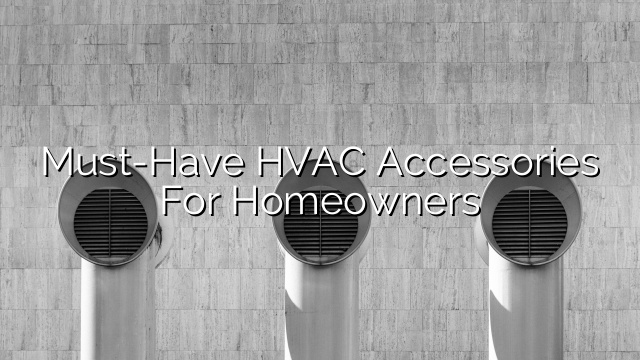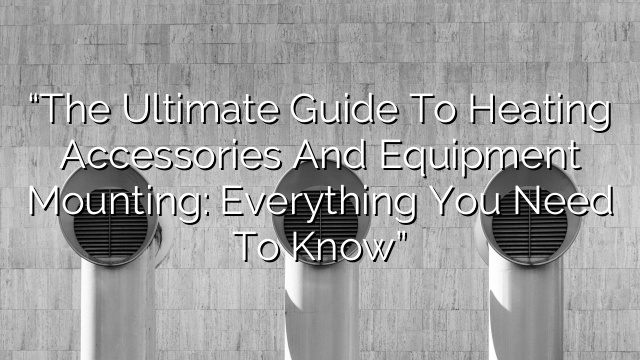Introduction
When it comes to heating your home, proper installation and accessories play a crucial role in ensuring effective and efficient operation. This ultimate guide to heating accessories and gas piping will provide you with all the necessary information to make informed decisions about your heating system.
Heating Accessories
Heating accessories are crucial for optimizing the performance of your heating system. Here are some essential accessories you should be aware of:
- Thermostats: A thermostat allows you to control the temperature of your heating system. Modern thermostats feature programmable settings, enabling you to set different temperatures at specific times of the day.
- Zone Control Systems: Zone control systems allow you to divide your home into different heating zones. This allows you to heat specific areas of your home according to your needs, increasing energy efficiency and comfort.
- Humidifiers: During winter months, indoor air tends to become dry. Installing a humidifier in your heating system can help regulate indoor humidity levels, creating a more comfortable environment.
- Air Filtration Systems: Air filtration systems help improve indoor air quality by removing dust, pollen, and other allergens from the air. These systems are especially beneficial for individuals with respiratory conditions or allergies.
- Vent Dampers: Vent dampers are devices that control the flow of exhaust gases in your heating system. They help conserve energy by preventing the loss of heated air when the heating system is not in use.
Gas Piping
Gas piping is an essential component of any heating system that uses natural gas or propane. Proper installation and maintenance of gas piping are critical for safety and efficiency. Here are some key things to know about gas piping:
- Material: Gas pipes are commonly made of steel, copper, or plastic. Each material has its advantages and limitations. Steel pipes are durable but can corrode over time, while copper pipes are resistant to corrosion but more expensive. Plastic pipes are affordable and easy to install.
- Size and Capacity: The size and capacity of gas piping depend on the heating system’s BTU (British Thermal Unit) requirements. The proper sizing ensures smooth and efficient gas flow, preventing pressure drops or potential hazards.
- Installation: Gas piping installation should only be done by licensed professionals familiar with local building codes and safety regulations. Improper installation can lead to gas leaks, fires, or explosions.
- Maintenance: Regular inspection and maintenance of gas piping are crucial for safety. Any signs of corrosion, damage, or leaking should be addressed promptly by a qualified technician.
Frequently Asked Questions (FAQs)
Q: How often should I replace my heating accessories?
A: The lifespan of heating accessories varies depending on the type and quality of the product. Generally, thermostats can last for 10-15 years, while humidifiers and air filtration systems may require replacement every 5-10 years. It is advisable to consult the manufacturer’s recommendations for specific products.
Q: Can I install heating accessories myself?
A: While some heating accessories may be DIY-friendly, such as programmable thermostats, it is recommended to hire a professional for proper installation. Proper installation ensures optimal performance and prevents any potential damage to your heating system.
Q: How often should gas piping be inspected?
A: Gas piping should be inspected regularly to ensure safety and efficiency. Annual inspections are generally recommended, but consult with a licensed professional to determine the appropriate inspection schedule based on your specific heating system and local regulations.
Q: What are the signs of a gas leak in my piping?
A: Some signs of a gas leak in your piping include a rotten egg odor (added to natural gas for easy detection), hissing sounds near the piping, unexplained increases in your gas bill, and dying vegetation near the gas line. If you suspect a gas leak, evacuate the area immediately and contact a qualified professional for assistance.
Conclusion
Heating accessories and gas piping are vital elements in any heating system. Understanding their importance and knowing how to select and maintain them properly can ensure efficient and safe operation. By following the information provided in this ultimate guide, you’ll have the knowledge needed to make informed decisions about your heating system and its accessories.

